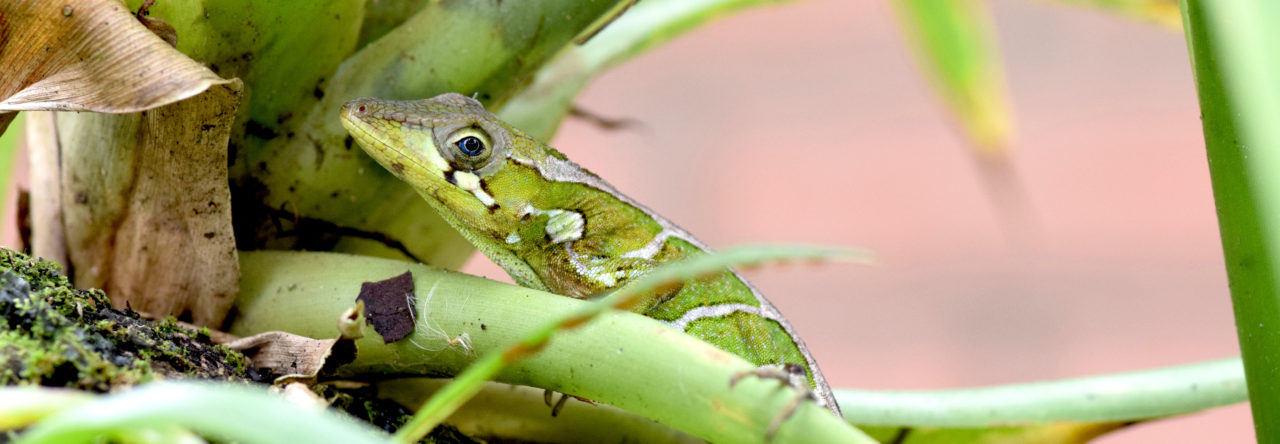 Last year was a banner year for anoles. As Xavier@evolutionistX tweeted at the end of the Norman, OK Evolution meetings: “The star of
Last year was a banner year for anoles. As Xavier@evolutionistX tweeted at the end of the Norman, OK Evolution meetings: “The star of #evol11: Anolis lizards. They won both Fisher’s and Dobzhansky awards, would like to invite them to a celebrity party @NYC.” And who could blame him? The prestigious Dobzhansky and Fisher Awards both went to workers studying anoles, as did three of the four Young Investigators Prizes. And there were a slew of other excellent anole talks (reported on these pages last year; start at this post and work backwards, or search on “Evolution Meetings”). David Hembry summarized the meeting well on Nothing in Biology Makes Sense: “I confess, I didn’t go to the Evolution meetings for three years. I missed Minnesota in 2008 due to fieldwork, Idaho in 2009 due to illness, and Portland in 2010 due to the EAPSI. When I “returned” in 2011 in Norman, it was like everybody had switched to working on anoles and sticklebacks!” (see the rest of David’s insightful observations on this point below).
But can anoles do it again in this year’s meeting , slated to begin on Friday in Ottawa? You can rely on Anole Annals to be on hand to provide the play-by-play coverage from the spectacle of the opening ceremonies to the climactic closing mixer. And fear not: though not the grand slam of last year, anoles again will bring home some medal.
Here are the talks. Unfortunately, authors are not listed, but you can get all program information at the meeting’s program mobile app website:
And here are the posters:
***************
Hembry continued: “This is not entirely fair. Research on anoles and sticklebacks had left their imprint on evolutionary ecology long before I started grad school. But in the time that I had been away, anoles and sticklebacks had fully blossomed into what I call “field model organisms.” In contrast to the classic model organisms in biology (mouse, C. elegans, E. coli, Drosophila), which were picked because they were hard to kill by neglect in the lab, “field model organisms” were picked because they had done really interesting things evolutionarily. And now it has become possible to leverage an unprecedented amount of genetic, developmental, phylogenetic, and ecological data on these organisms to ask fascinating “big questions” about their evolution in the wild—in ways that, until recently, were only possible in the wild relatives of lab model organisms. This is I think the most fascinating of the recent developments I didn’t anticipate.
Equally excitingly, there are a number of other systems—including thecolumbines (Aquilegia), monkeyflowers (Mimulus), and the leaf-mining drosophilid flies (Scaptomyza) that feed on wild Arabidopsis just to mention a few—which are showing signs of moving in the same direction as anoles and sticklebacks.”
- Evolution in Real Time on Lizard Island - March 23, 2025
- Spider Snags Adult Anolis osa - March 22, 2025
- An Homage to the Green Anoles of New Orleans - March 21, 2025




1 Pingback